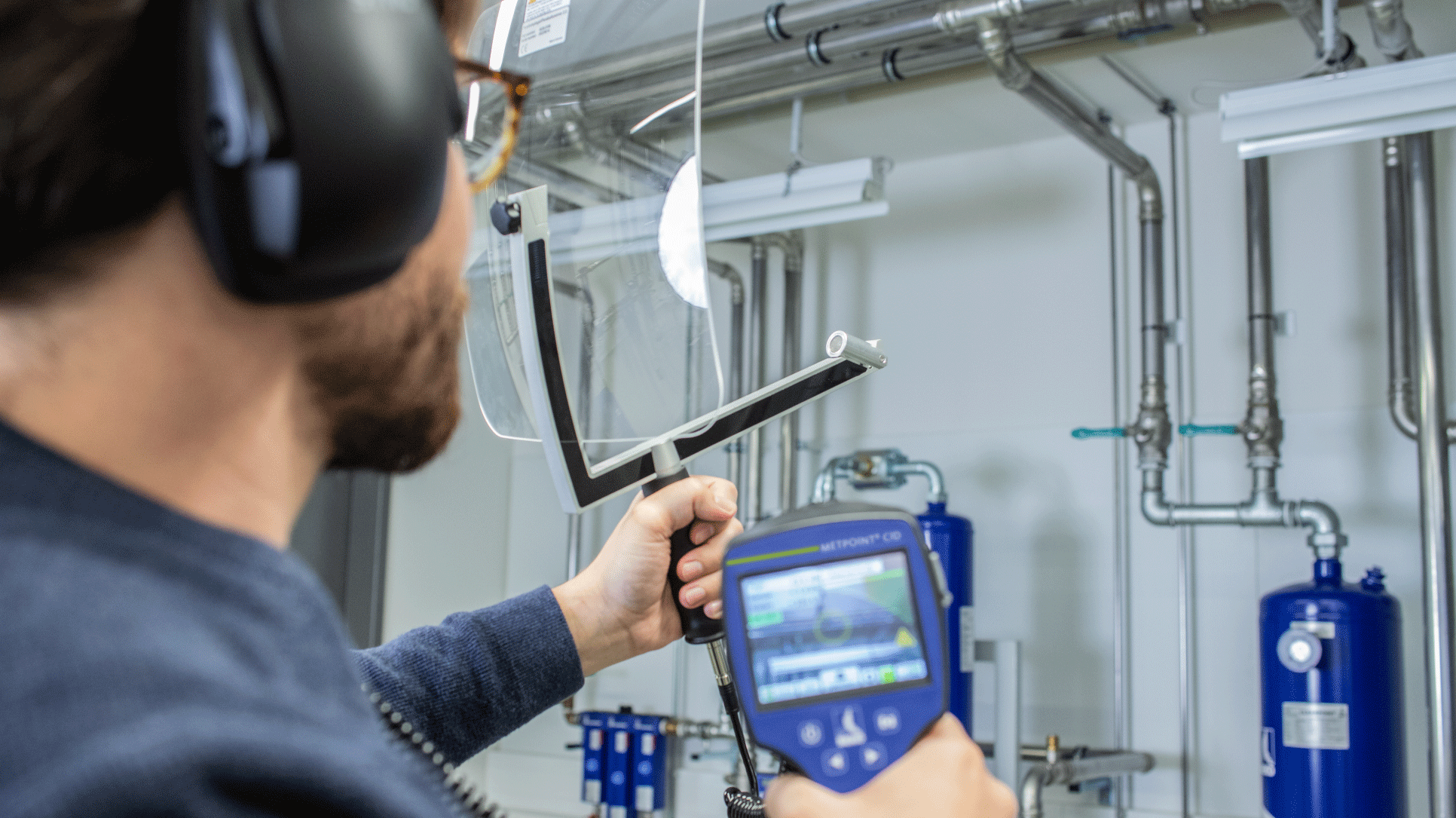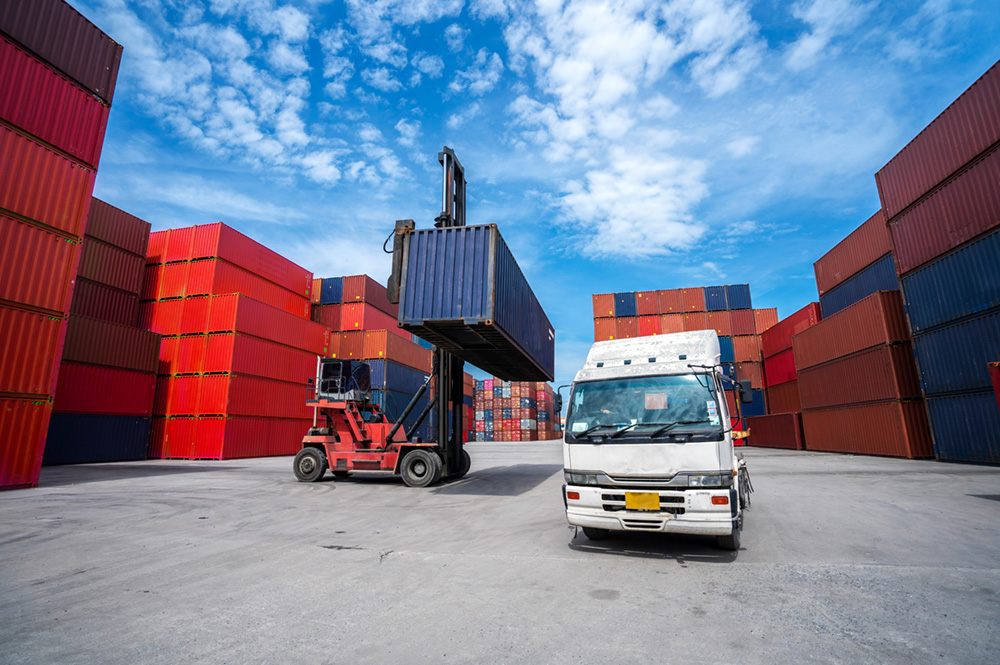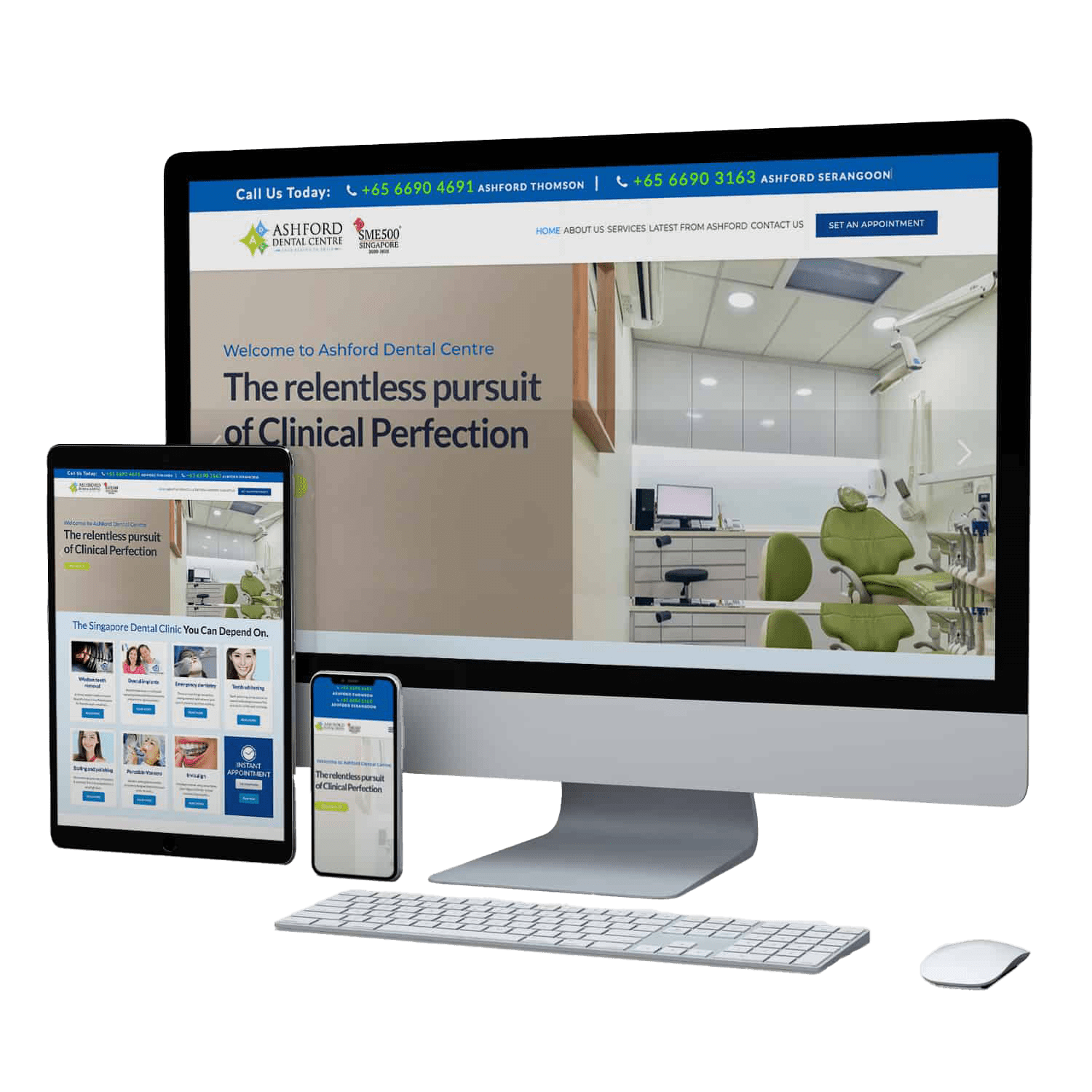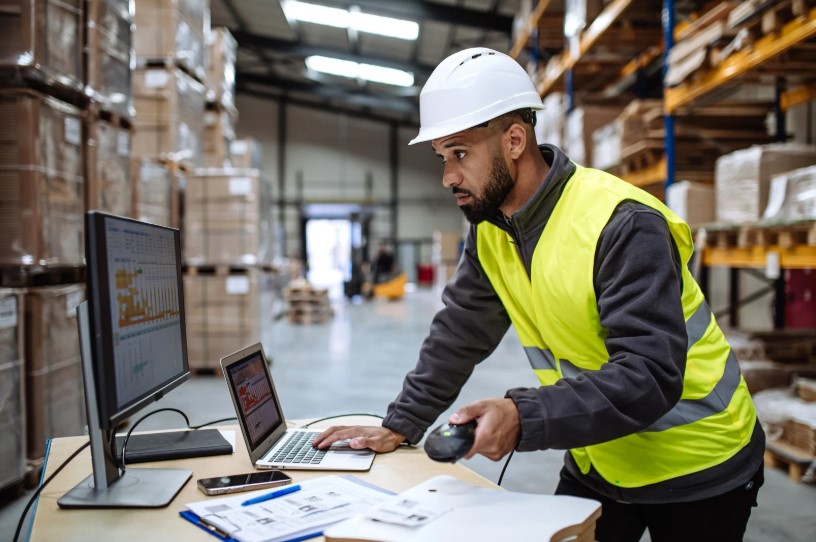Water damage is one of the most costly and disruptive issues that building owners and facility managers face today. Left undetected, even a small leak can lead to structural damage, mold growth, inflated water bills, and major repair expenses. As smart building technologies continue to evolve, IoT Leak Detection has emerged as a game-changer, offering a proactive, data-driven solution to monitor, detect, and prevent water leaks in real time.
With the rise of intelligent building management systems, IoT Leak Detection plays a vital role in safeguarding infrastructure, supporting sustainability goals, and reducing operational risk. From commercial skyscrapers to industrial facilities and residential complexes, adopting IoT-based plumbing solutions is no longer a luxury—it’s a necessity.
Understanding IoT Leak Detection and How It Works
IoT Leak Detection refers to the use of Internet of Things (IoT) devices and smart sensors that continuously monitor a building’s plumbing and water systems to detect leaks, track moisture levels, and trigger real-time alerts. These smart systems go beyond traditional methods by offering round-the-clock surveillance and predictive insights.
At the core of IoT Leak Detection are wireless sensors that can be installed near pipes, HVAC units, water tanks, bathrooms, and kitchens. These sensors detect moisture, humidity spikes, or abnormal flow patterns and send this data to a centralized platform or cloud dashboard. Using machine learning algorithms, the system analyzes the data to identify patterns, anomalies, and potential threats—allowing immediate action before minor issues escalate into costly disasters.
Unlike manual inspections or reactive maintenance, IoT Leak Detection operates autonomously, reducing the need for human intervention and drastically improving response time.
The Growing Importance of Water Leak Detection
Water leaks are among the most underestimated threats to building infrastructure. A pinhole leak in a pipe can waste thousands of gallons of water over time, damaging floors, ceilings, equipment, and even compromising structural integrity.
Here are a few compelling reasons why IoT Leak Detection has become essential:
- Cost implications: Water damage can lead to extensive repairs and business downtime. Insurance claims related to water damage are among the highest in the commercial property sector.
- Health concerns: Leaks can promote mold and mildew growth, posing serious health risks to building occupants.
- Environmental impact: Unchecked water waste contributes to resource depletion, undermining sustainability efforts.
- Regulatory compliance: Governments and municipalities are implementing stricter water conservation regulations, making proactive leak detection a compliance requirement in many regions.
By investing in IoT Leak Detection, building managers not only protect their properties but also align with long-term environmental and financial goals.
How IoT Leak Detection Systems Work Step by Step
A robust IoT Leak Detection solution consists of multiple components working together to deliver real-time intelligence. Here’s how the system typically functions:
Sensor Deployment; Wireless leak detection sensors are installed in high-risk or moisture-prone areas. These can include pump rooms, restrooms, kitchens, HVAC units, and near critical water supply lines.
Data Transmission: The sensors continuously monitor moisture levels, pressure variations, and temperature changes. When an irregularity is detected, data is transmitted via Wi-Fi, Bluetooth, or LoRaWAN to a centralized IoT hub.
Cloud-Based Analytics: Collected data is analyzed using cloud computing and AI-powered algorithms. This enables the system to detect leaks, predict equipment failure, and distinguish between false alarms and real threats.
Real-Time Alerts; When a leak is identified, alerts are sent immediately to facility managers through dashboards, mobile apps, or SMS/email. This allows for immediate action and remote shutdown of affected systems, minimizing damage.
Integration with Building Management Systems (BMS): IoT Leak Detection can be integrated seamlessly into existing BMS platforms. This provides centralized visibility and control over all critical systems in one unified interface.
Top Benefits of Implementing IoT Leak Detection
Early Detection and Prevention: IoT-enabled sensors catch leaks before they become destructive, helping avoid high repair bills and service disruptions.
Real-Time Alerts and Remote Access: Facility managers are notified instantly, even when off-site. This ensures swift resolution and reduces dependency on manual inspections.
Cost Savings: By minimizing downtime, water waste, and damage, IoT Leak Detection significantly lowers maintenance and insurance costs.
Sustainability and Resource Management: Detecting leaks early contributes to responsible water use. Many organizations include smart leak detection in their green building certifications and ESG (Environmental, Social, Governance) reporting.
Improved Occupant Comfort and Safety: Quick leak resolution reduces the risk of hazardous conditions like electrical faults or mold buildup, ensuring a safe environment for tenants and employees.
AST Smart IoT MEP Solutions: Real-World Leak Detection in Action
Advancer Smart Technology (AST), based in Singapore, is a leader in revolutionizing building management with IoT and AI-powered solutions. Through its Smart IoT MEP Solution, AST integrates leak detection into a broader ecosystem of smart plumbing, HVAC, and lighting controls.
By embedding sensors across plumbing infrastructure, AST’s IoT Leak Detection system enables predictive maintenance, real-time surveillance, and instant alerts. This intelligent setup allows buildings to self-diagnose plumbing issues, significantly reducing downtime and water damage risks.
AST’s Smart IoT Dashboard further enhances visibility, providing facility managers with interactive insights into water usage, system health, and leak alerts. Integration with other modules like Smart EMS (Energy Management System) ensures that buildings operate in the most efficient and sustainable manner possible.
Whether it’s a hospital, hotel, office tower, or data center, AST’s solutions are adaptable to unique business needs—offering a future-proof pathway to smarter infrastructure.
What to Consider When Choosing an IoT Leak Detection System
Not all systems are created equal. When selecting the right IoT Leak Detection solution for your facility, consider the following:
- Scalability: Can the system grow with your building or portfolio?
- Battery Life and Maintenance: Opt for long-lasting, low-maintenance sensors.
- Data Security: Ensure the system adheres to data protection protocols.
- Customizable Alerts and Thresholds: Tailor the system to fit specific risk zones and operational needs.
- Integration Capabilities: Choose a platform that integrates seamlessly with your existing building management software and automation systems.
Partnering with a trusted provider like AST ensures expert deployment, technical support, and long-term value.
What’s Next: The Future of IoT Leak Detection
As IoT and AI technologies continue to evolve, so will the capabilities of leak detection systems. Some of the upcoming trends include:
- Advanced Machine Learning: More accurate leak prediction and smarter pattern recognition.
- Micro-sensors and Nanotechnology: Smaller, more discreet sensors for hard-to-reach areas.
- Self-healing Systems: Emerging materials and plumbing systems that automatically seal minor leaks.
- Sustainable Materials: Eco-friendly components that reduce environmental impact.
As cities embrace smart infrastructure and environmental consciousness becomes mainstream, IoT Leak Detection will be an essential part of next-generation facility management.
Takeaway
Preventing water damage is no longer about reacting to visible signs—it’s about proactive monitoring, real-time insights, and strategic planning. IoT Leak Detection delivers this advantage, empowering businesses to safeguard their assets, reduce costs, and meet sustainability standards with confidence.
With intelligent platforms like AST’s Smart IoT MEP Solution, buildings become not just safer—but smarter, greener, and future-ready. Now is the time to rethink water management and embrace a leak-free future powered by IoT.







